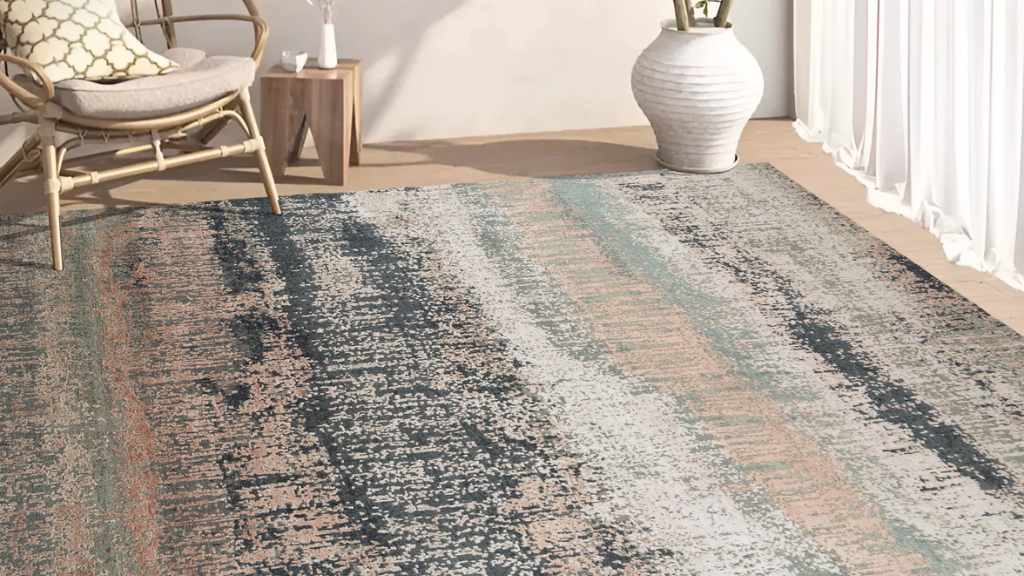In a world increasingly attuned to the principles of sustainability, the choice of home decor is more than a matter of aesthetics; it’s a statement of values. Handmade rugs, with their rich history and artisanal craftsmanship, stand out not only for their beauty but also for their eco-friendly benefits. This blog post explores the sustainable virtues of handmade rugs and why they are an excellent choice for the environmentally conscious consumer.
The Artisanal Advantage
Handmade rugs are the product of skilled artisans who often use traditional techniques passed down through generations. Unlike mass-produced rugs, which rely on industrial processes, handmade rugs embody the following sustainable practices:
- Low Carbon Footprint The creation of handmade rugs typically requires minimal energy consumption compared to factory-made counterparts. Artisans often use hand tools and natural light, significantly reducing the carbon footprint associated with their production.
- Natural MaterialsMany handmade rugs are made from natural fibres like wool, cotton, silk, and jute. These materials are renewable, biodegradable, and have a much lower environmental impact than synthetic alternatives.
- Longevity and DurabilityThe meticulous process of hand-weaving ensures that each rug is durable and long-lasting. This longevity means fewer replacements and less waste over time.
- Supporting Traditional Skills Choosing handmade rugs supports local economies and helps preserve cultural heritage. It also ensures fair compensation for artisans, promoting sustainable livelihoods.
Eco-Friendly Dyes and Processes
The use of natural dyes is another aspect that underscores the eco-friendliness of handmade rugs. Artisans often use plant-based dyes, which are less polluting than synthetic dyes, to create a harmonious palette that reflects the natural world.
Reduced Chemical Usage
Handmade rugs generally involve fewer chemicals in their production. This not only makes them safer for the environment but also for your home, contributing to better indoor air quality.
Waste Reduction
The bespoke nature of handmade rugs means they are often made to order, reducing overproduction and waste. Additionally, the ability to repair and restore these rugs extends their life further, minimizing their environmental impact.
Cultural Sustainability
By choosing Handmade rugs, consumers support the continuation of traditional crafts, which are an integral part of cultural sustainability. This patronage helps keep ancient art forms alive and relevant in the modern world.
The Ripple Effect of Conscious Consumerism
When consumers opt for handmade rugs, they contribute to a larger movement of conscious consumerism. This choice sends a message to the market, encouraging more sustainable practices across industries.
Adapting to Eco-Friendly Choices
For those looking to make more sustainable choices in their homes, here are some tips:
- Research: Learn about the origins of the rugs and the practices of the artisans who make them.
- Quality Over Quantity: Invest in fewer, higher-quality pieces that will stand the test of time.
- Care and Maintenance: Proper care can extend the life of a rug. Use gentle, eco-friendly cleaning methods to maintain its condition.

Conclusion
Handmade rugs represent a confluence of art, tradition, and sustainability. They offer a way to beautify your living space while also making a positive impact on the environment. As the world moves towards more sustainable living, the choice of handmade rugs is a step in the right direction, reflecting a commitment to preserving our planet for future generations.
In embracing handmade rugs, we weave the story of sustainability into the very fabric of our homes, creating a legacy of conscious living and environmental stewardship.

